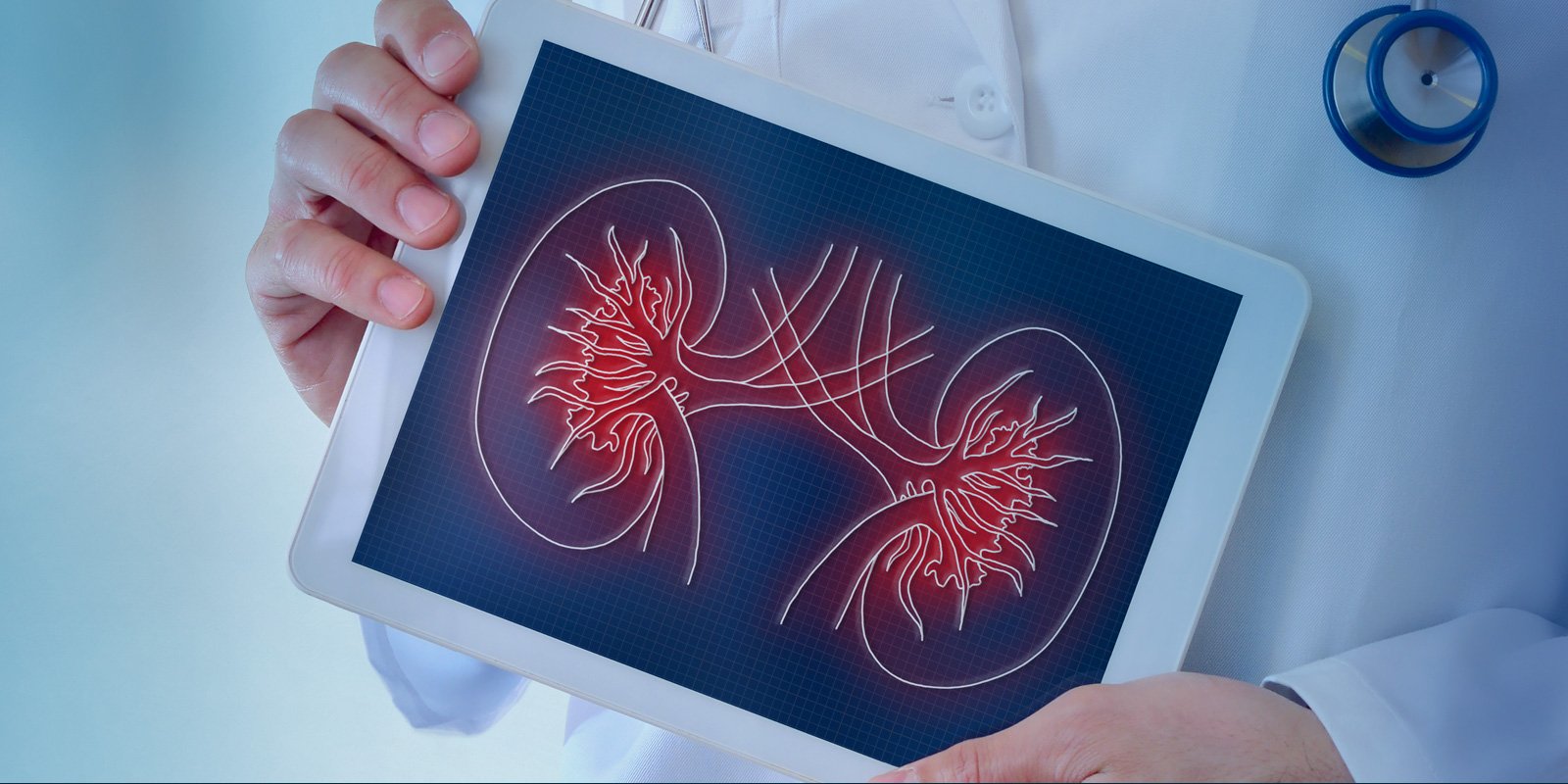
OIG Issues Final Rule on New Exception for ESRD-Related Telehealth Technologies
In Short
The Situation: Telehealth services continue to evolve and show promise for improving quality care, care coordination, and access to services while often demonstrating cost effective options for care.
The Action: The Office of Inspector General ("OIG") finalized its proposed exception to the Beneficiary Inducements Civil Monetary Penalties Law to protect certain telehealth technologies provided to at-home dialysis patients. The final rule is substantially broader than the proposed exception.
Looking Ahead: Although the final rule is limited to beneficiaries with prior existing clinical relationships with donors and technologies provided for the purpose of delivering ESRD telehealth services, there is wide latitude on the types of technologies that are covered by the exception as well as how those technologies are provided and billed. This is likely a nod to the increasing role that telehealth is playing in the context of the COVID-19 pandemic.
More than a year after proposing a package of reforms to modernize the regulations that interpret the federal Anti-Kickback Statute and the federal beneficiary inducement Civil Monetary Penalties Law ("CMP"), the Office of Inspector General ("OIG") published its final set of reforms, which broadens the ability of providers to supply end-stage renal disease ("ESRD") related telehealth technologies to patients receiving in-home dialysis.
OIG's original October 9, 2019, proposed reforms included an exception to CMP prohibited remuneration for certain telehealth technologies related to in-home dialysis services. We explained that proposal in a previous Alert and noted, among other things, that the proposed telehealth exception contained a number of conditions that would significantly narrow the application of that exception.
In its December 2, 2020, Final Rule, however, OIG notably hewed closer to the language of the statutory provision and did not finalize most of the narrowing conditions that it had originally proposed for the ESRD-telehealth technology exception, making the final exception more broadly applicable for industry stakeholders. This is likely an important signal related to OIG's (and the Department of Health and Human Services) acknowledgement of the significant and positive role of telehealth in protecting patients and providers in the context of the COVID-19 pandemic.
The Final Rule
Codified at 42 C.F.R. § 1003.110(10), the final rule establishes an exception to the CMP definition of remuneration for "[t]he provision of telehealth technologies by a provider of services, physician, or a renal dialysis facility … to an individual with end-stage renal disease who is receiving home dialysis" so long as the telehealth technologies are: (i) "furnished to the individual by the provider of services, physician, or the renal dialysis facility that is currently providing the in-home dialysis, telehealth services, or other end-stage renal disease care to the individual, or has been selected or contacted by the individual to schedule an appointment or provide services"; (ii) "not offered as part of any advertisement or solicitation"; and (iii) "provided for the purpose of furnishing telehealth services related to the individual's end-stage renal disease."
Definition of "Telehealth Technologies"
OIG originally had proposed limiting the types of "Telehealth Technologies" to include only technology that would minimally permit two-way, real-time, interactive audio-visual interaction between the patient and provider. OIG also had proposed limiting technologies to those that could be reimbursed under Medicare Part B. The final rule, by contrast, removes all such references and instead defines Telehealth Technologies as "hardware, software, and services that support distant or remote communication between the patient and provider, physician, or renal dialysis facility for diagnosis, intervention, or ongoing care management."
OIG acknowledged in the preamble to the final rule that it reversed course in the final rule and decided to adopt a "technology agnostic" approach to the technology requirement. Thus, this definition "now includes technologies that we proposed to specifically exclude from the definition," such as "[t]elephones, facsimile machines, and electronic mail systems." The breadth of OIG's definition of Telehealth Technologies for purposes of the CMP exception may be in some tension with other definitions that may apply in state-regulated and other contexts.
Many Narrowing Conditions Not Finalized
OIG's final rule did not adopt many of the additional limiting requirements for the proposed exception. Some of the more significant limitations that were not ultimately finalized include:
- Substantial Contribution Requirement: Would have required the donated technology to "contribute substantially" to the provision of ESRD-related telehealth services.
- Not of "Excessive Value" Restriction: Would have required that the donated technology not be of "excessive value."
- Not "Duplicative" Restriction: Would have required the donor to make a good faith determination that the donated technology was not "duplicative" of technology already owned by the beneficiary.
- Loaner Requirement: Would have required the donor to retain ownership of any donated technology and make reasonable efforts to retrieve the technology once no longer needed by the beneficiary.
- Cost-Shifting Prohibition: Would have prohibited the donor from separately billing Federal health care programs, other payors, or individuals for the telehealth technologies or claim the costs of the technology as bad debt.
- Non-Discrimination Requirement: Would have required donors to either provide the same technology to any Medicare Part B eligible patient receiving in-home dialysis, or to otherwise consistently offer the technology to all patients satisfying specified, uniform criteria.
- Written Disclosures: Would have required donors to: (i) advise patients of freedom to choose any provider or supplier of dialysis services and to receive dialysis in any appropriate setting notwithstanding the free technology; and (ii) disclose any potential hidden costs to the beneficiary associated with using the free technology.
Conclusion
In finalizing the dialysis-related telehealth exception to the CMP, OIG refrained from imposing a host of proposed limiting requirements that would have severely limited its functional use to stakeholders. Although the final rule is limited to beneficiaries with existing clinical relationships with donors and technologies provided for the purpose of delivering ESRD telehealth services, it provides wide latitude as to the types of technologies that are covered by the exception as well as how those technologies are provided and billed.
Follow the latest on these topics each quarter in Jones Day's "Vital Signs" publication (a digital health law update covering global items of interest in a user-friendly manner). Read the 4Q 2020 issue and subscribe to receive further issues.
Three Key Takeaways
- OIG finalized an exception to the CMP for telehealth technologies provided for the purpose of furnishing telehealth services related to a beneficiary's end stage renal disease.
- The final rule requires that the patient recipient has at least already scheduled an appointment to establish care (if not already established a clinical relationship) with the donor prior to making the donation.
- In comparison to OIG's proposed rule from November 2019, the final rule provides broad latitude for the types of donated technologies and for how those technologies are provided and billed.




